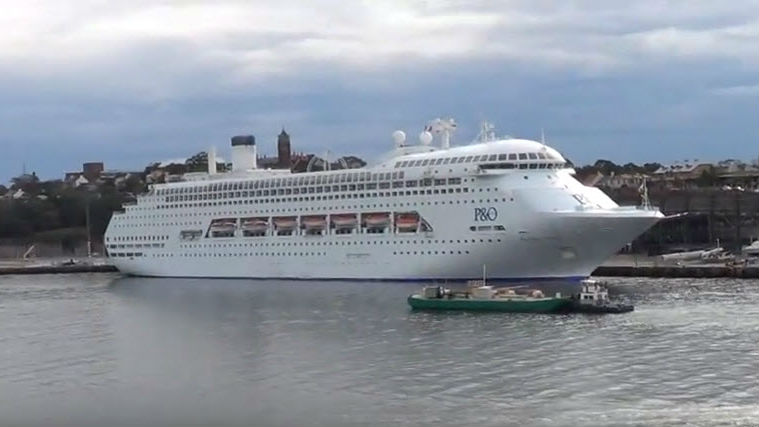Carnival in Sydney Sulfur Row

Carnival Australia, which operates P&O Cruises, has disagreed with the state of New South Wales’ Environmental Protection Agency’s penalty notice that Pacific Jewel breached the new regulation for cruise ships to use low sulfur fuel while at berth in Sydney Harbour.
Carnival was fined A$15,000, as a fuel sample taken by the ship’s crew and provided to EPA officers while the ship was berthed at the White Bay Cruise Terminal on February 26, 2016, had a sulfur level of 0.293 percent, nearly three times the 0.1 percent sulfur limit.
The fine is the first to be issued under the new regulations which came into force from October 1, 2015. The regulations require cruise ships berthed in Sydney Harbour to use low sulfur fuel within one hour of berthing until one hour before departure.
EPA Acting Director Metropolitan Greg Sheehy said that the EPA had also issued an official caution to the ship’s master. “The ship’s crew had started changing over from using high sulfur fuel shortly after the ship had berthed at White Bay, but the sample showed that the fuel being used in the ship’s engine during the EPA’s inspection did not meet the low sulfur fuel requirements,” Sheehy said.
“The EPA has taken a further three samples from the Pacific Jewel since the February 26, and all have complied,” he said.
Appeal
In appealing against the finding, Australia’s largest cruise company has called on the EPA to review the penalty notice on the basis that it failed to take into account available technical information that would have confirmed the ship had completed the changeover to low sulfur fuel within the prescribed time period.
Carnival Australia said the company adhered to regulatory requirements wherever it operated and maintained that Pacific Jewel was using low sulfur fuel as required while berthed at White Bay Cruise Terminal.
Pacific Jewel’s transfer to low sulfur fuel was conducted in compliance with the new regulatory regime for Sydney Harbour and the fuel transfer was fully documented on board the ship, said the company in a statement.
The single fuel sample submitted to the EPA for testing did not properly reflect Pacific Jewel’s successful transition to low sulfur fuel on the day in question and this has resulted in a wrong outcome.
The EPA had also not taken into account a number of other significant technical indicators that would have confirmed the ship was using low sulfur fuel, said the company.
Carnival Australia said there needed to be confidence in the process, and it was particularly concerned about the time taken for the EPA to analyze fuel samples, which in Pacific Jewel’s case had amounted to some 20 days.
In the light of this delay and in line with its commitment to regulatory compliance, Carnival Australia is now having ship fuel samples tested independently to ensure timely confirmation of the company’s adherence to the low sulfur fuel requirement.
Since October 1, 2015, the EPA has inspected over 140 cruise ships, taken 78 fuel samples from engine fuel lines, inspected log books and changeover records and also observed stack emissions. Figures before the regulation came into force showed that cruise ships produce around 40 percent of total fine particle emissions from shipping in Sydney Harbour.
